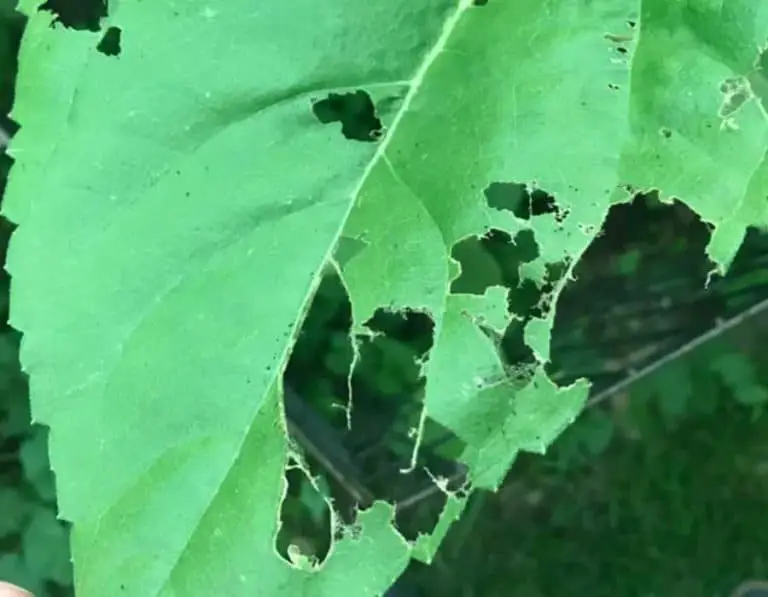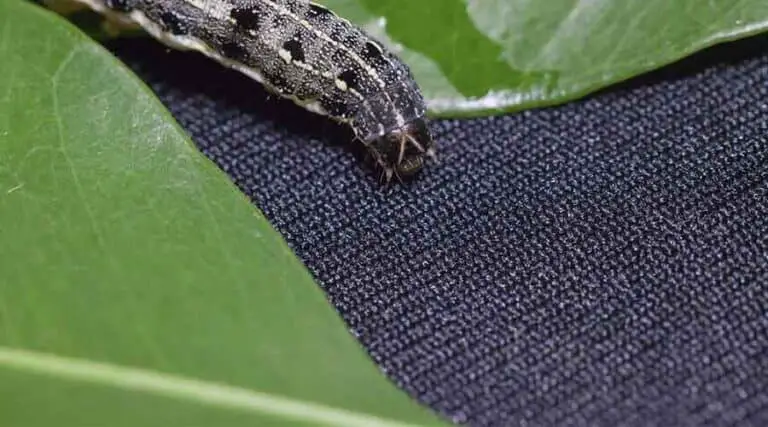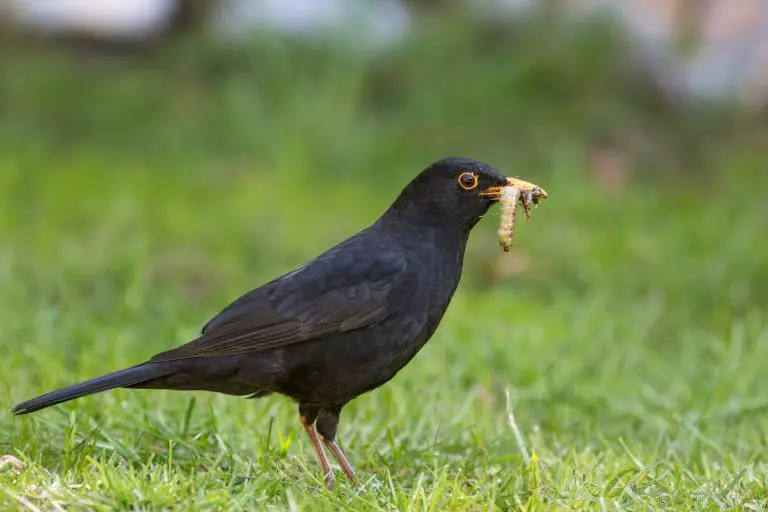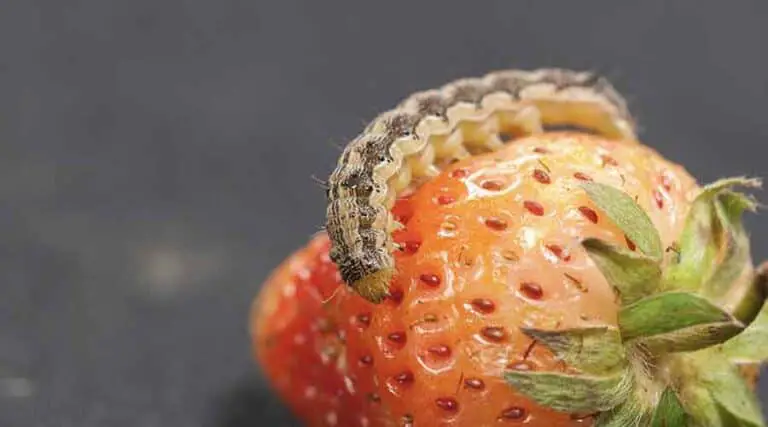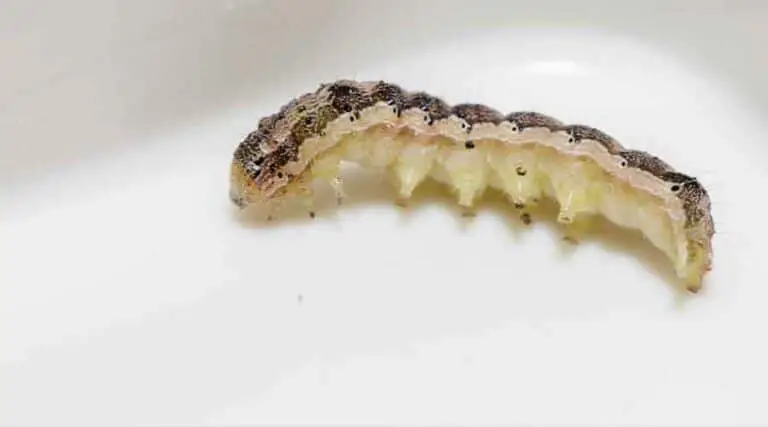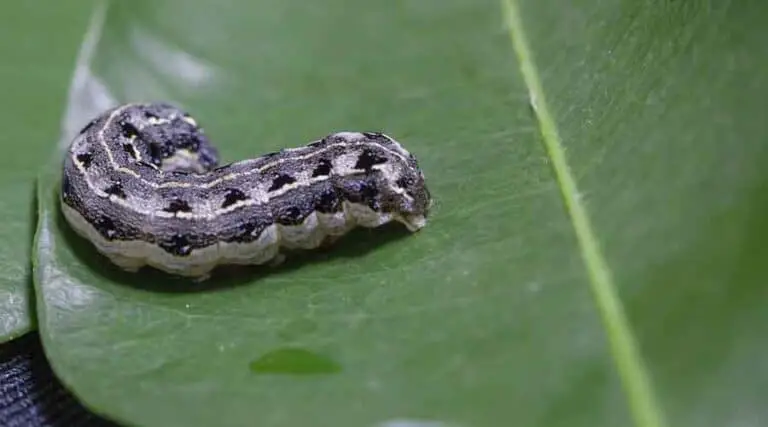Does Neem Oil Kill Cutworms: The Essential Guide
Cutworms can be a nuisance for gardeners and farmers alike, as they feed on the stems and roots of various plants, causing them to wilt and eventually die. There are numerous ways to deal with these pesky critters, but more and more people are turning to natural and organic solutions to keep their plants healthy and free of damage. One such option that has garnered attention is neem oil, a natural insecticide derived from the neem tree.
Neem oil contains azadirachtin, a compound that has demonstrated insecticidal and antifeedant properties against various pests. For instance, a study has shown that neem oil can act as a deterrent for the variegated cutworm (Peridroma saucia) and disrupt the molting process of the milkweed bug (Oncopeltus fasciatus). So, the question arises – does neem oil kill cutworms, or at the very least, effectively control their infestation?
The use of neem oil in controlling cutworms varies depending on the concentration and application methods. Research indicates that neem oil may not be lethal to common cutworms when tested at certain doses. However, its effectiveness can be improved when combined with other pest management approaches, like using entomopathogenic nematodes or insecticides. This suggests that while neem oil may not directly kill cutworms, it can play a crucial role in an integrated pest management strategy.
Neem Oil and Cutworms
Neem oil is a natural pesticide extracted from the seeds of the neem tree (Azadirachta indica). It has been widely used in organic agriculture for its insecticidal properties, and it’s known to have a broad-spectrum effect against various pests, including cutworms.
Effectiveness of Neem Oil
Neem oil, along with its active ingredient, azadirachtin, has been shown to provide some level of control against cutworms. For instance, a study evaluating the potential of different treatments against the black cutworm, Agrotis ipsilon, found that neem oil and azadirachtin performed comparably to other tested insecticides in suppressing black cutworm larvae.
Another work involving the common cutworm noted that while neem oil and a compound called scabequinone didn’t cause the direct death of the cutworms in the tested doses, the substances did deter their feeding due to unknown mechanisms.
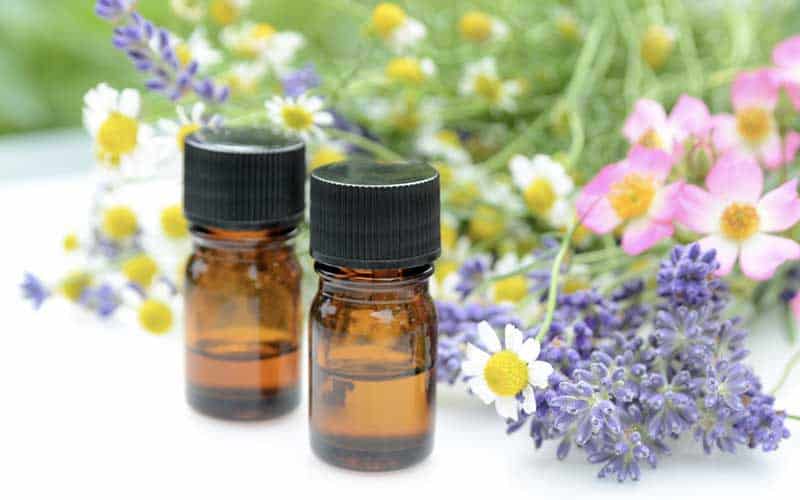
How Neem Oil Works
The action of neem oil against pests such as cutworms can be attributed to a few different mechanisms:
- Antifeedant activity: Neem oil acts as a deterrent, discouraging cutworms from feeding on plants treated with it. The result is reduced damage and stress on the plants.
- Growth disruption: Azadirachtin and other components of neem oil can disrupt the growth and development of cutworm larvae, leading to reduced pest populations over time.
- Molt disruption: Neem oil can also interfere with the molting process of certain insects, such as the milkweed bug (Oncopeltus).
To increase the chances of effectively managing cutworm infestations with neem oil, it is crucial to apply it correctly and possibly integrate it with other approaches like biological control or cultural practices.
Identifying Cutworm Damage
Cutworms are the larval stage of various species of night-flying moths. These worm-like creatures are notorious for causing damage to various plants, especially during their young and vulnerable stages. Identifying cutworm damage is essential for timely and effective control measures.
In many cases, cutworms feed at night, hiding during the day in soil or plant debris. They mainly target the stems of seedlings and young plants, resulting in plants being severed at their bases. Typical signs of cutworm damage include:
- Clipped stems at the soil line, leading to wilting or collapsing plants
- Circular holes in young leaves, as they might climb the plant and feed on foliage
- Drooping leaves and stems chewed halfway through
One way to confirm the presence of cutworms is to dig around the affected plants and search for the pests. Cutworms come in various colors like grey, brown, or black, and their bodies might have distinctive patterns. Generally, they curl into a tight “C” shape when disturbed.
Cutworms can also be found in various plant-growing environments, including home gardens and commercial crops. Properly maintaining your garden and keeping it free of plant debris can help in reducing the risk of cutworm damage. Another vital control measure to consider is using natural enemies of cutworms like birds or beneficial insects.
Regarding the use of neem oil, it has been found to be effective in controlling cutworms, as indicated in a study. The neem oil acts as a contact and systemic insecticide, deterring pests from feeding on treated plants. However, it is essential to use neem oil responsibly to achieve the desired results while safeguarding the environment.
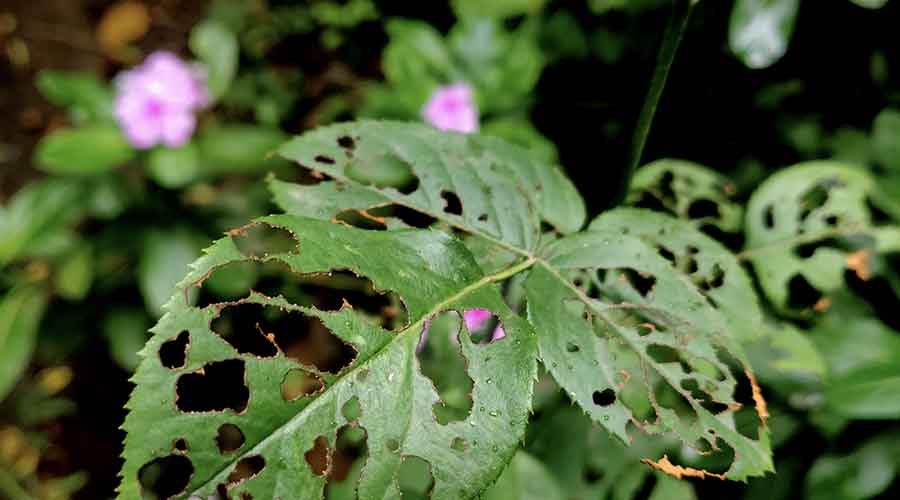
Application of Neem Oil
Timing and Frequency
Neem oil is an effective natural method to control cutworms. To get the best results from neem oil, it’s essential to apply it at the right time and with the correct frequency. The ideal time to spray neem oil is in the evening, as this is when cutworms are most active. Applying neem oil during the daytime is less effective because cutworms remain hidden below the soil during daylight hours.
The frequency of application depends on the severity of the cutworm infestation and weather conditions. When the infestation is intense, neem oil should be applied every 3 to 7 days until the cutworm population has decreased. If rainfall occurs following the application of neem oil, it may be necessary to reapply the treatment to ensure optimal effectiveness.
Methods and Concentrations
There are several methods to apply neem oil to your garden or crops to control cutworms. Here are some commonly used techniques:
- Foliar spray: Mix neem oil with water and a mild, non-detergent soap to create a foliar spray. Spraying this solution directly onto the foliage of affected plants will help deter cutworms from feeding on the leaves. A suggested concentration for this application is a 0.5% to 1% neem oil mixture (5 to 10ml of neem oil per liter of water).
- Soil drench: Applying a neem oil drench to the soil can help prevent cutworms from emerging and damaging plant roots. Mix neem oil with water, as suggested for the foliar spray, and pour the solution around the base of affected plants. This method is particularly helpful for targeting cutworms hiding below the soil surface.
- Granules: Neem oil-based granules can be sprinkled around plants to create a protective barrier against cutworms. These granules release neem oil gradually into the soil, providing a longer-lasting effect against cutworms.
Remember always to follow the specific instructions provided on the neem oil product label, as concentrations may vary. Always test the solution on a small portion of the plant first and observe for any adverse reactions before proceeding with a full application. By following the correct timing, application methods, and concentrations, neem oil can effectively help control cutworm populations in your garden or crops.
Safety Precautions and Environment Impact
When using neem oil as a natural pesticide for cutworm control, it is crucial to take into account safety precautions and the potential environmental impact that it may have.
One of the more significant advantages of using neem oil as a control measure is its relatively low toxicity for humans and animals. It usually poses little risk when used according to label directions and applied carefully. However, it is essential to follow guidelines on the proper use of neem oil, which include wearing gloves and protective clothing during application and ensuring adequate ventilation in the area being treated.
Neem oil can be considered a safe bioinsecticide and an environmentally friendly option in comparison to synthetic chemicals. For example, its active ingredient, Azadirachtin, has been found to effectively control root and leaf cutworms in food legume production in Jordan, without causing deleterious effects on the environment.
However, the efficacy of neem oil can be influenced by factors such as environmental conditions and the type of extraction method used (source). It is essential to consider these factors to ensure optimal results.
A significant impact of neem oil on the environment is its selectivity, which means it does not harm beneficial organisms such as pollinators and predators of pests. This characteristic makes it an essential component of integrated pest management (IPM) strategies in sustainable agriculture. However, it is crucial to assess any potential side effects of neem oil on non-target organisms or the overall ecosystem, to ensure that the benefits outweigh any possible downsides.
In summary, using neem oil as a control method for cutworms can be an effective and environmentally friendly alternative to synthetic chemicals. By taking necessary safety precautions and considering the potential environmental impact, neem oil can be a valuable tool in pest management.
Complementary Pest Control Methods
Using neem oil can be an effective method for controlling cutworms, as it acts as a contact and systemic insecticide1. However, implementing other complementary pest control methods can improve the overall effectiveness of managing cutworms and other pests.
One potential approach to complement neem oil is Integrated Pest Management (IPM)2. IPM involves multiple tactics such as monitoring pest populations, utilizing biological control agents, planting resistant varieties of plants, and applying chemicals only when necessary. This approach aims to not only control pests efficiently but also minimize the negative impact on the environment and human health.
Biological control agents, such as beneficial predatory insects like ladybugs, green lacewings, and parasitic wasps, can naturally help control cutworm populations3. These natural enemies can be introduced to the environment to help reduce pest populations and maintain a balanced ecosystem.
Implementing cultural practices can also be a valuable complement to neem oil. These include:
- Properly rotating crops to disrupt the life cycle of pests
- Tillage of the soil to expose overwintering larvae to the elements
- Timely removal of plant debris and weeds, which can serve as food sources or shelter for pests
Trap cropping involves planting a more attractive host plant nearby the main crops4. This can help draw cutworms away from the primary crop, minimizing damage. Similarly, using sticky barriers or collars can prevent cutworms from reaching the base of the plants, protecting them from damage.
Conclusion
Neem oil has been shown to exhibit insecticidal and antifeedant bioactivities, which may prove effective in controlling cutworm populations. In one study, neem oil demonstrated toxicity and antifeedant activity against the variegated cutworm (Peridroma saucia). Another study established a strong correlation between the azadirachtin content in neem oil and its efficacy on P. saucia, suggesting that azadirachtin is the major active component (source).
It is important to consider the concentration of azadirachtin in neem oil when evaluating its potency against cutworms. Higher concentrations of this compound generally lead to better results. Additionally, the combined use of neem oil with other biocontrol agents, such as nucleopolyhedrovirus, has shown enhanced control of certain cutworm species.
To summarize, neem oil has the potential to control cutworm populations through its insecticidal and antifeedant properties, largely due to its azadirachtin content. The effectiveness of neem oil may vary depending on the concentration of this active compound and its application in combination with other biocontrol agents.

